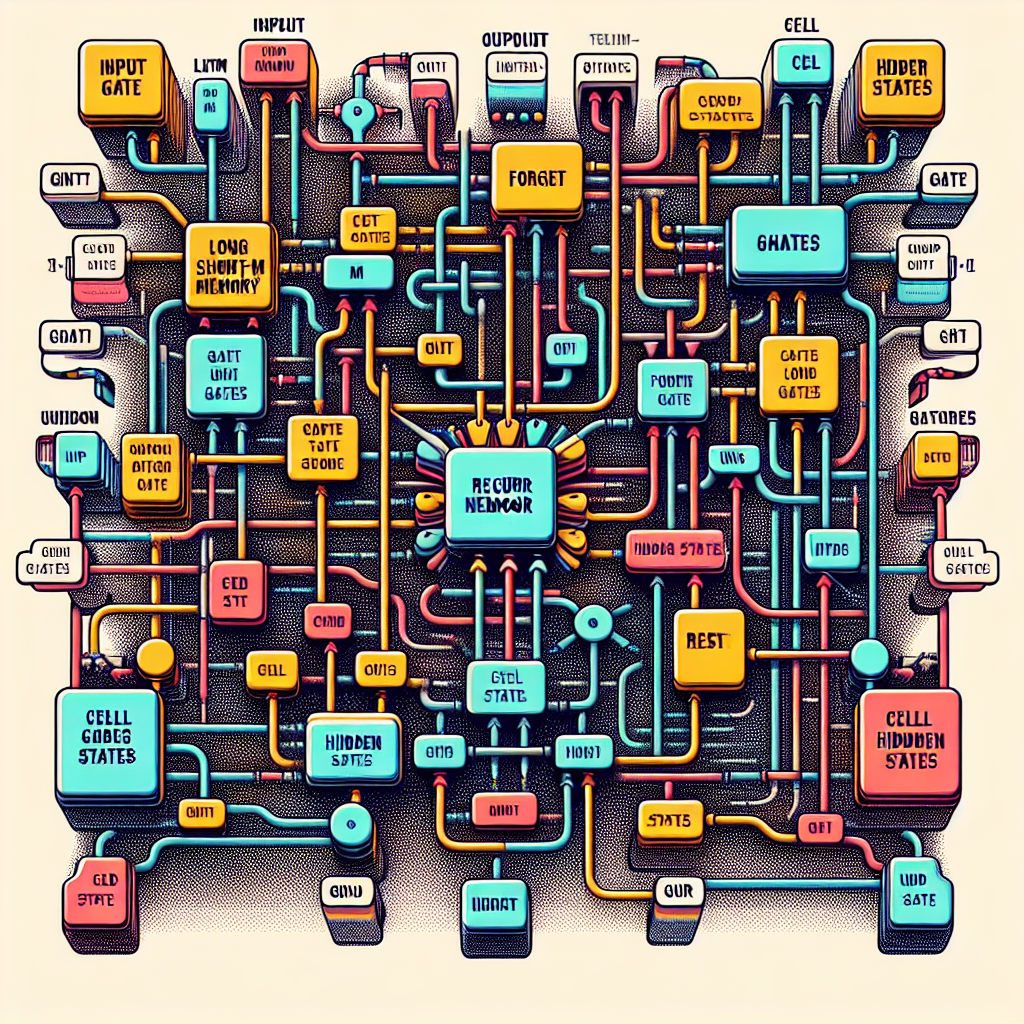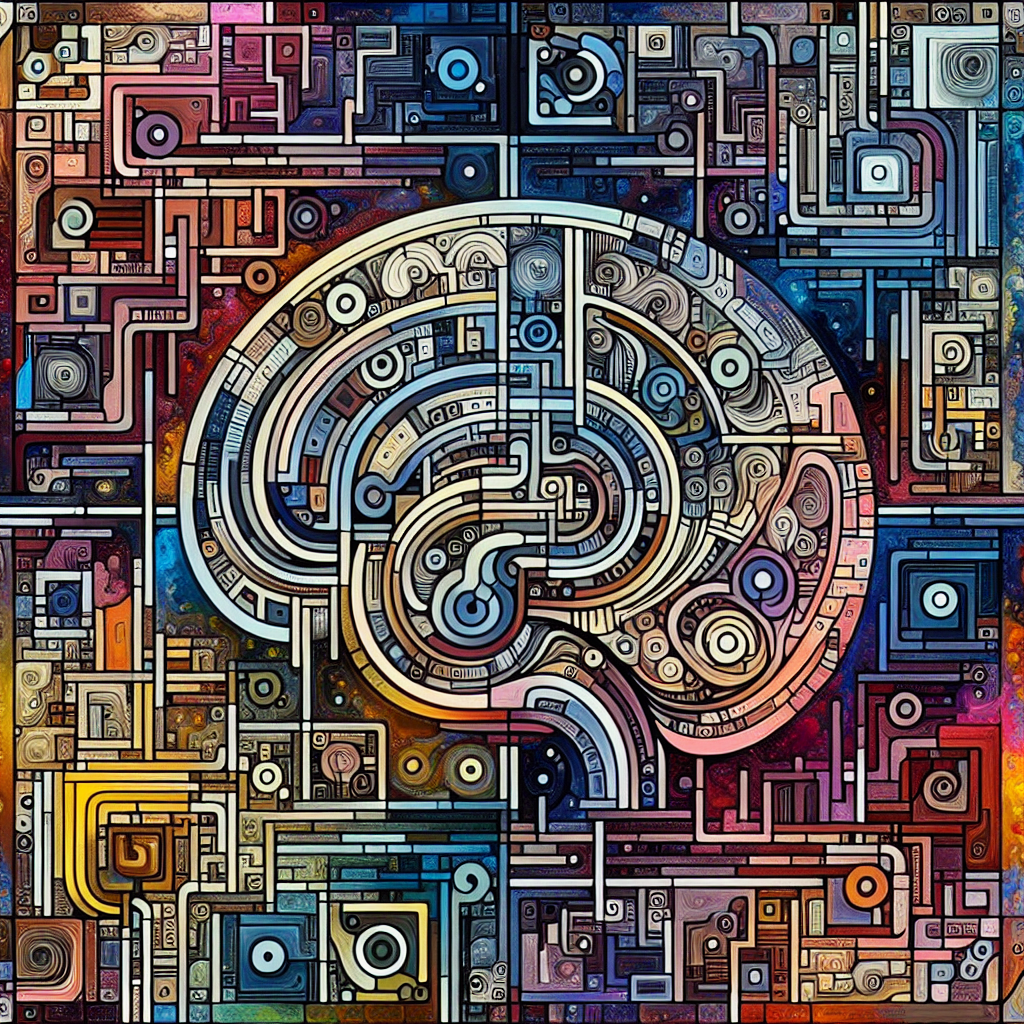Your cart is currently empty!
Tag: Intricacies

Unraveling the Intricacies of LSTM and GRU Architectures in Recurrent Neural Networks
Recurrent Neural Networks (RNNs) have gained popularity in recent years for their ability to process sequential data. Among the various types of RNNs, Long Short-Term Memory (LSTM) and Gated Recurrent Unit (GRU) are two of the most commonly used architectures due to their effectiveness in capturing long-range dependencies in data.LSTM and GRU architectures were designed to address the vanishing gradient problem that plagues traditional RNNs. This problem occurs when gradients become too small during backpropagation, leading to difficulties in learning long-term dependencies in the data. LSTM and GRU architectures incorporate mechanisms that allow them to retain information over long periods of time, making them well-suited for tasks such as natural language processing, speech recognition, and time series prediction.
One of the key features of LSTM and GRU architectures is the use of gate mechanisms to control the flow of information within the network. In LSTM, there are three gates – the input gate, forget gate, and output gate – that regulate the flow of information by selectively updating and forgetting information at each time step. This allows LSTM to maintain long-term dependencies in the data by storing relevant information in its memory cells.
On the other hand, GRU simplifies the architecture by combining the input and forget gates into a single update gate. This makes GRU more computationally efficient compared to LSTM, while still being able to capture long-term dependencies in the data. Additionally, GRU has fewer parameters than LSTM, which can be beneficial for training on smaller datasets or limited computational resources.
Despite their differences, LSTM and GRU architectures have been shown to achieve comparable performance on a wide range of tasks. The choice between LSTM and GRU often depends on the specific requirements of the task at hand, such as the size of the dataset, computational resources available, and the complexity of the data being processed.
In conclusion, LSTM and GRU architectures have revolutionized the field of recurrent neural networks by addressing the vanishing gradient problem and enabling the modeling of long-term dependencies in sequential data. Understanding the intricacies of these architectures is essential for building effective models for tasks such as natural language processing, speech recognition, and time series prediction. By unraveling the complexities of LSTM and GRU architectures, researchers and practitioners can harness the power of recurrent neural networks to tackle a wide range of challenging tasks.
#Unraveling #Intricacies #LSTM #GRU #Architectures #Recurrent #Neural #Networks,recurrent neural networks: from simple to gated architectures
Unpacking the Intricacies of Psychoanalytic Practice: From the Consulting Room to Real Life
Psychoanalytic practice has long been a staple in the field of psychology, offering a unique approach to understanding and treating mental health issues. From the consulting room to real life, this form of therapy delves deep into the unconscious mind, uncovering hidden motivations and conflicts that drive our thoughts, feelings, and behaviors.In the consulting room, the psychoanalytic process unfolds through a series of sessions between the therapist and the client. The therapist creates a safe and supportive environment where the client can freely explore their innermost thoughts and emotions. Through free association, dream analysis, and transference, the therapist helps the client gain insight into their unconscious desires and fears.
One of the key techniques used in psychoanalytic practice is transference, where the client projects their feelings and experiences onto the therapist. This can be a powerful tool for uncovering unconscious patterns and dynamics that may be influencing the client’s relationships and behaviors outside of therapy. By examining these transference reactions, the therapist can help the client gain a deeper understanding of themselves and their interactions with others.
Beyond the consulting room, the insights gained from psychoanalytic therapy can have a profound impact on the client’s everyday life. By uncovering and working through unconscious conflicts, the client can develop healthier coping mechanisms and form more fulfilling relationships. They may also gain a greater sense of self-awareness and self-acceptance, leading to a more authentic and satisfying life.
However, psychoanalytic practice is not without its challenges. It requires a significant time commitment, as sessions are typically held multiple times a week over an extended period of time. This can be difficult for clients who have busy schedules or financial constraints. Additionally, the deep emotional work involved in psychoanalytic therapy can be intense and may provoke strong feelings of resistance or discomfort.
Despite these challenges, many clients find psychoanalytic practice to be a transformative and rewarding experience. By delving into the complexities of the unconscious mind, they can gain a deeper understanding of themselves and ultimately lead more fulfilling lives. In unpacking the intricacies of psychoanalytic practice, clients can unlock the keys to their innermost thoughts, feelings, and behaviors, paving the way for lasting change and growth.

Exploring the Intricacies of the 16 Circuit Model of Consciousness
The 16 Circuit Model of Consciousness is a fascinating framework that seeks to map out the various levels and states of consciousness that individuals can experience. Developed by Timothy Leary, a psychologist and psychedelic advocate, the model posits that there are 16 different circuits or levels of consciousness that humans can access. Each circuit represents a different aspect of the human experience, from basic survival instincts to higher states of spiritual enlightenment.One of the key ideas behind the 16 Circuit Model is that individuals can move between these different circuits depending on their state of mind and level of awareness. For example, the first four circuits are said to be focused on basic survival instincts and physical needs, while the higher circuits deal with more abstract concepts such as creativity, spirituality, and interconnectedness.
Exploring the intricacies of the 16 Circuit Model can provide valuable insights into the nature of consciousness and the human experience. By understanding the different levels of consciousness and how they interact with one another, individuals can gain a deeper understanding of themselves and the world around them.
One of the most interesting aspects of the 16 Circuit Model is the idea that individuals can actively work to move between circuits and expand their consciousness. Through practices such as meditation, mindfulness, and psychedelic exploration, individuals can access higher levels of consciousness and unlock new insights and experiences.
While the 16 Circuit Model is not without its critics, many people have found value in exploring its intricacies and applying its principles to their own lives. By understanding the different levels of consciousness and how they influence our thoughts, emotions, and actions, individuals can gain a greater sense of self-awareness and personal growth.
In conclusion, the 16 Circuit Model of Consciousness is a thought-provoking framework that can help individuals better understand the complexities of their own consciousness. By exploring the different levels of consciousness and how they interact with one another, individuals can gain valuable insights into themselves and the world around them. Whether you are a seasoned spiritual seeker or simply curious about the nature of consciousness, the 16 Circuit Model offers a wealth of knowledge and exploration for those willing to dive in.
